
Last time we were here, we discussed “Number Crunch.” Now we jump all the way to “Many Happy Returns.” The episodes between the two have much to offer, from Reese and Finch trading places as Reese recovers from his injuries – and PoI pays homage to Rear Window; Carter and Reese team up to save a young lawyer, and then an undercover narcotics officer; Fusco is a hero after saving a teen from a bullet, and his reward: go back undercover with HR; Reese shows his fondness for kids, saving a troubled teenager – who provides insights into Reese’s state of mind, an adorable baby, as well as Carter’s son; Elias makes his triumphant return, Reese trails Finch, using Fusco as his errand boy; we meet Joan – who in one appearance and just a handful of scenes has endeared herself to many fans who to this day ask Jonah and Greg if they intend to bring her back; Root appears, Zoe lends a hand, mafia bosses are killed, the CIA is into drug running to fund the war on terror – oh, yeah, Episodes 11 through 20 have plenty to offer. Did I mention Kara returns from the dead?
But then there is “Many Happy Returns.”
I wrote a little about this episode in my review of “Cura Te Ipsum.” To me, these two episodes are linked. You need to watch both to get a more complete picture. In the first, we learn where Reese learned his heroine and Mexican prison trick; in the latter, we see the Reese of the past juxtaposed to the Reese of the present, the murderer/monster now just a monster – with a purpose.
Shows that dig into the psyche of the character are shows I’m going to be interested in. While I watch several procedurals, Criminal Minds and NCIS to name the two I’ve watched the longest, I really enjoy a show that allows me inside the head of a character, showing me the tragic, the heroic, the sorrowful, the joyful: the complex. I’m drawn to shows that have their characters learn and grow as they dispatch each weekly adventure. I also love it when a show parallels the action of the week with the reveal of the character. (That’s probably why Wolf and Cub is one of my favorite episodes from Season 1 when so many people despise it. I don’t know Astro from anything, thus I had no axe to grind with him being in PoI. To me, he was a lens with which to view Reese. It’s forty some minutes of character reveal.)
“Many Happy Returns” is really the climax of the emotional thread woven through the first 21 episodes of Season 1. We learned in the prior episode that Jessica was in trouble and reached out to Reese. We also learned that he was unable to keep his promise to come for her in 24 hours. Throughout the flashbacks, we feel the weight of the burden Reese has been shouldering as he realizes that Jessica died experiencing, and perhaps even believing, what Reese had said to her in that airport so long ago: “In the end we’re all alone, and no one is coming to save you.”
Jim Caviezel is amazing in this episode. All the emotions Reese experiences are seen in Caviezel’s eyes. The moment as the nurse explains to Reese that Jessica died two months ago is heartbreaking. Caviezel only says, “She said she’d wait.” — the agony is crushing. There are so many little moments that make this episode special: Reese listening to Jessica’s voice mail over and over again, no doubt punishing himself; his stagger as he walks through Jessica and Peter’s living room and his grip on the chair to steady himself; the twitch of his cheek muscle as Finch explains why he felt it best not to have Reese work this case, the small smile as Reese explores his new apartment and sees that it overlooks the park where he meets his friend, Han; Carter’s small, sad smile as she realizes Reese’s connection to Jessica, and the soundtrack at the end – Danger Mouse and Sparklehorse: “Revenge.” It’s heartbreakingly beautiful.
The entire episode keeps me riveted, even now a year and almost a half later. This is the crescendo to the Jessica/John story. There are some quiet moments that continue to seep in here and there as the series progresses, John’s understanding of Finch’s loss in “No Good Deed,” and Finch’s moment of vulnerability as he allows John to see his inner pain and loss; then there is “Masquerade” when John speaks of his time of being lost and, of course, “God Mode” when John finds Jessica’s picture in the safe and Shaw is there to witness his emotions. But “Many Happy Returns” is the entire package; we see the beginning, the middle and the end. All of their moments are revealed, via flashback, via Carter’s talk with Jessica’s mom, and John’s acceptance of who he is and what he is doing at the end when he returns to that iconic bench near the bridge.
Kevin Chapman, in an interview during the first season, said he hoped they’d do an episode with Reese ‘off the rails.’ He loved that aspect of Reese. To me, this is the episode that does it. Reese, usually so calm, so collected, so capable that every move he makes is successful, actually busts into the local office of the US Marshalls and threatens Jennings. Did he really think that would be successful in scaring Jennings off? I don’t think John was really thinking. He was in a rage. All the things he couldn’t do to protect Jessica were flashing through his mind. John didn’t think; John reacted. I love the terrified look from Finch as he overheard Reese threaten to kill Jennings. And then, in the car when Reese said: Leave the laptop, Harold, and get out – Finch’s horror and fear was palpable.
This episode answered so many questions. Questions about John and Jessica, questions regarding her death, how and why John became so withdrawn, so punishing of himself. It also answered a question that had bubbled up in the fandom early on: Why did the board in Pilot show repeat SSN? Some fans had criticized the producers, claiming they didn’t know what they were doing and repeated numbers. Actually, they knew exactly what they were doing: sometimes numbers repeat. (and not just because they belong to a certain character named Leon!)
“Many Happy Returns” marks a major change in the show. After this, there are no more Jessica flashbacks. John begins to forgive himself and accept the new life he has. That is evidenced by his acceptance of the apartment Finch has given him. Also, the story shifts, not only the final two episodes but throughout all of Season 2. So much of the action and intrigue is now on the Machine and Finch’s background with the Machine. We also see more and more of how Finch and Reese intersect. Carter similarly has a better understanding of Reese. She now sees him as a man who loved and lost; someone who served his country selflessly and who has lost everything that ever grounded him. She also sees that John is someone who can be trusted. He didn’t kill Jennings. Instead, he used the law to punish an abuser — just not the US law. And, to be true, Reese also broke the law in order to use the law. (Kidnapping, stealing drugs and setting up a US citizen as a drug mule in a foreign country cannot be said to be legal, no matter what the justification.) Still, Carter has a soft spot for abused women; we learned that back in “Get Carter.” Carter understands.
It’s the quiet moments for characters that speak the most volumes. One day, perhaps, there will be that still, quiet moment: the camera pans through John’s apartment, we see the gun collection, we see his neatly squared away living space, and then we see something else, something small – the photo that Jessica had hidden away. It’s resting against the lamp at his bedside. It’s the one small reminder of who he had been, what he had lost, and what now drives him perpetually forward.
As always, thanks for reading. Elle2

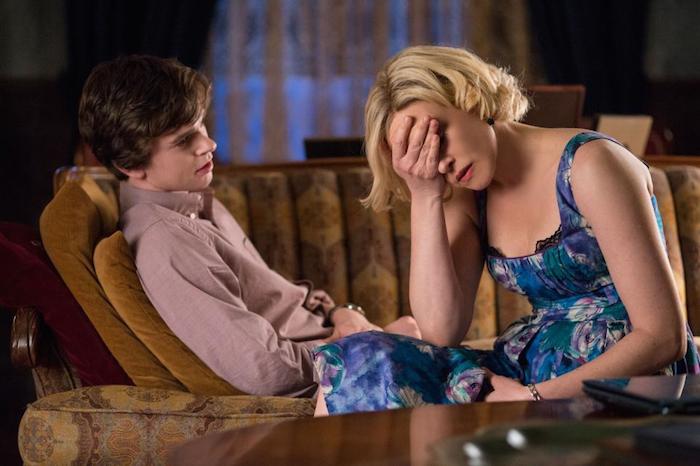
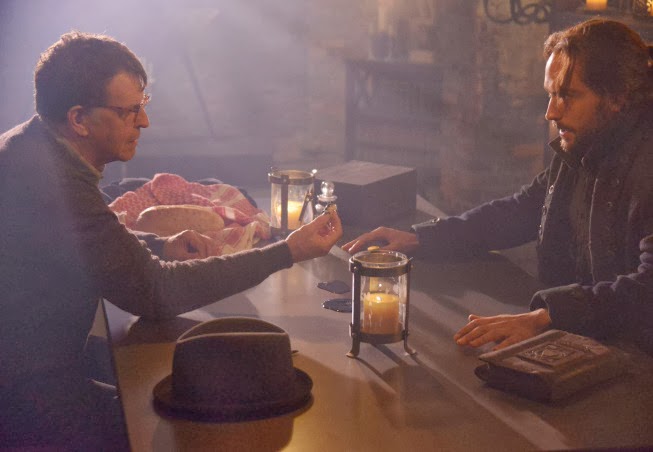
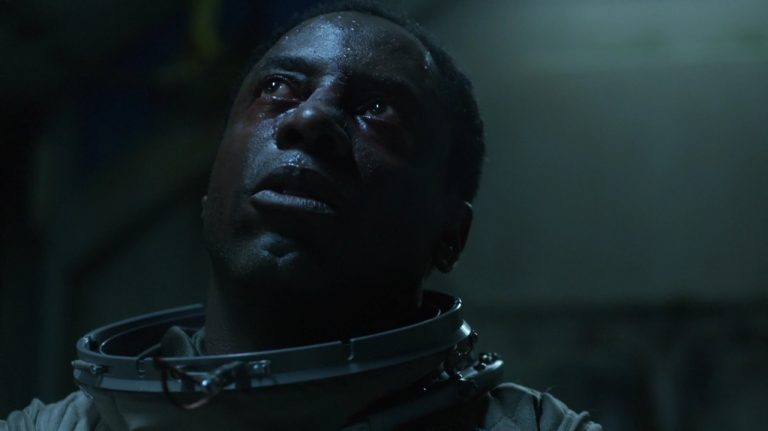
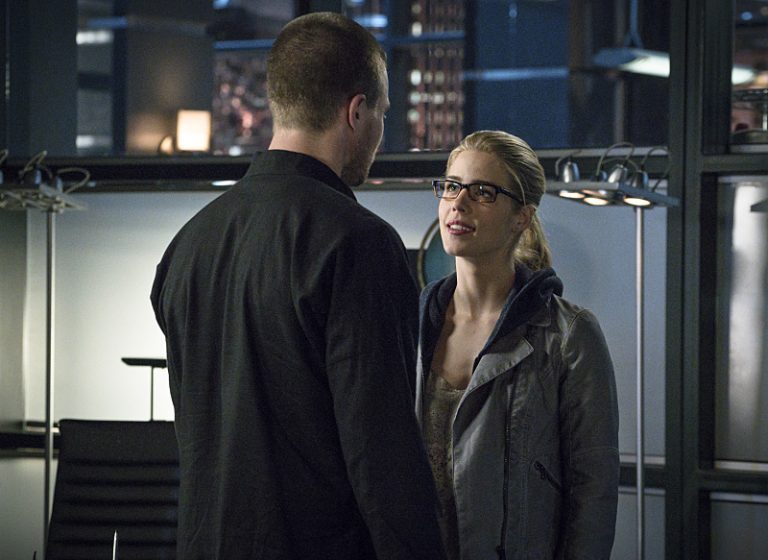
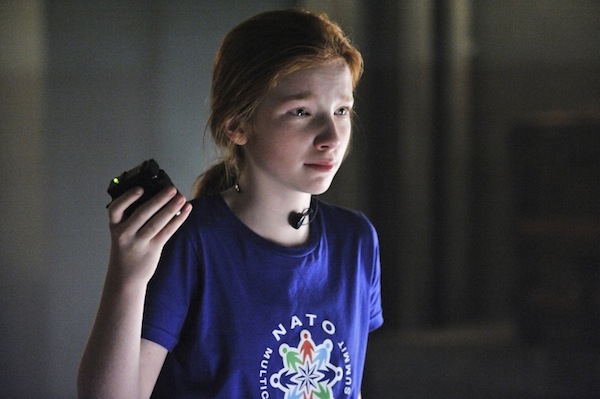
I want to thank you for your reviews of the episodes of Person of Interest. I have been watching the show since the beginning and Reese is my favorite character. Even though “Many Happy Returns” is the saddest episode it is still my favorite because of the many faces of Reese that we are shown.
This is an episode that I can watch again and again. So beautifully done. We learn so much about Reese in this episode.
As you said in another review, you were pretty sure that Reese killed Peter. Me too. I think that’s what drove him into a suicidal state: not so much Jessica’s death as that probably for the first time, he killed for himself. Not quite the same as killing for your country. And perhaps the work he was doing with Kara made this inevitable, I think it surely was a loss of innocence for him, turning him from a soldier to a monster, in his own eyes.
As beautiful as his new apartment was, the impact is all the more dramatic juxtaposed to the place he was living in (pretty spartan quarters). This is much better than giving him a place in the pilot, as the show originally intended.
Until this episode, I wondered if Finch was too naive to be afraid of Reese. I remember him telling Reese to watch out that Fusco didn’t prove to be too dangerous a pet. I laughed at the irony. I guess he found out he had a pet tiger!
Hi, Margaret and Faye,
Thanks for the comments! I love this episode. It remains my absolute favorite. The next would be Prisoner’s Dilemma. Those two episodes really go deep into the character.
Faye, what a brilliant idea: Reese so suicidal because of what he’d become — a killer for his own reasons, not just country. Ah, Mark Snow was so accurate when he said Reese was nearly destroyed by the things he was made to do…and what those experiences enabled him to do.
I too am so happy they cut those scenes of Reese getting an apartment from the Pilot. In the Pilot it was merely Finch being utilitarian, making sure his employee was well-rested. But by Many Happy Returns, it was to give Reese a new start, a way to assist him in moving one. It’s a beautiful moment…all without words!
🙂 season 3 is less than a month away!
Whee!!!